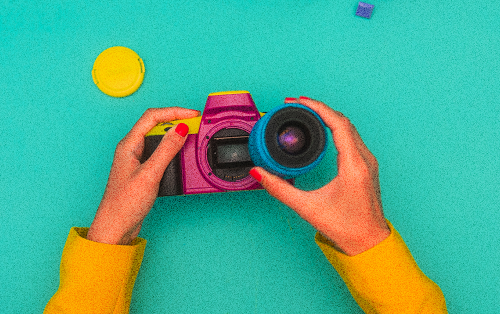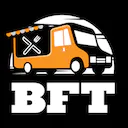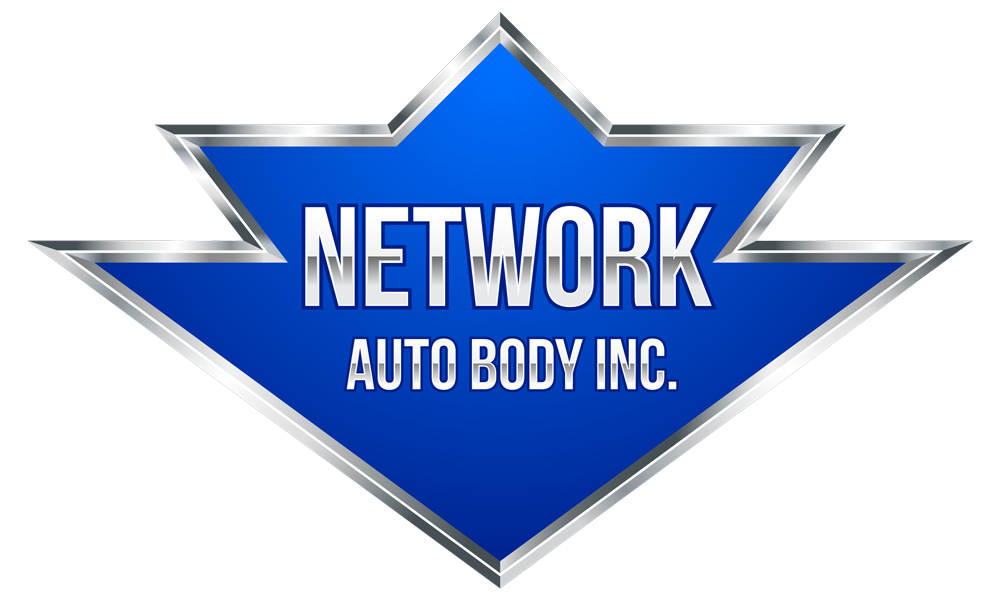May 21, 2025
How Much Does TV Advertising Cost for Small Businesses?
TV advertising has long been seen as something only big brands with massive budgets can afford. But as the media landscape has continued to adapt and change, small and medium-sized businesses (SMBs) in Los Angeles can now reach their audience with television ads more cost-effectively than ever.
Whether you’re considering traditional broadcast TV, cable, or digital streaming ads, you want to understand the costs involved. Let’s break it all down so you can plan your next TV ad campaign as knowledgeable as possible.
Types of TV Advertising Costs
TV advertising costs vary based on factors like platform, location, audience size, and ad quality. Here’s a breakdown of the main types of TV advertising:
Traditional TV (Broadcast & Cable) Costs
Traditional TV ads air on major networks (ABC, NBC, CBS, FOX) and cable channels (ESPN, HGTV, CNN). Pricing depends on factors such as:
Market size – Advertising in a large city like Los Angeles costs more than in a smaller town.
Time slot – Prime-time slots (7–10 PM) are the most expensive, while late-night and early-morning slots are cheaper.
Channel selection – Premium networks and highly watched programs demand higher prices.
Cost Breakdown:
Local broadcast TV in Los Angeles: $5,000 – $50,000 per 30-second ad
Cable TV: $250 – $10,000 per 30-second ad, depending on the network and time slot
Major Events and the Super Bowl: $100,000+ for highly viewed events, with the most recent Super Bowl costing $8 million for a 30-second ad.
Traditional TV can be effective for businesses looking for a broad audience, but it requires careful planning to get the best value.
Connected TV (CTV) & Streaming Ad Costs
CTV ads appear on streaming platforms like Hulu, Roku, Pluto TV, and YouTube TV. These ads work on a cost-per-thousand-impressions (CPM) model, meaning you only pay for the number of people who actually see your ad.
Cost Breakdown:
Average CPM: $10 – $50 per 1,000 views
Budget flexibility: Can start as low as $500, making it ideal for small businesses
Better targeting: Ads can be shown based on demographics, interests, and location
Streaming ads allow small businesses to compete with larger brands by reaching the right audience at a fraction of the cost of traditional TV.
Breaking Down the Costs of a TV Ad Campaign
A successful TV campaign involves more than just buying ad space. Here’s what goes into your total budget:
1. Media Buying Costs
Traditional TV: Purchased in advance through networks or local stations
Streaming TV: Uses programmatic ad buying, meaning ads are automatically placed based on your targeting settings
Costs vary depending on audience reach, time slots, and demand
2. TV Commercial Production Costs
Creating a high-quality TV ad is just as important as securing airtime. Running ads on these platforms elevates the perception of your brand, and it’s important to create an ad that reflects this elevated image. Your budget will depend on production quality:
Low-budget production: $1,000 – $20,000 (self-written, DIY or small production team, employees are on-screen talent, self-edited)
Mid-range production: $20,000 – $50,000 (professional scriptwriting and videography through local agency, non-union actors, and high-level editing)
High-end production: $50,000+ (professional scriptwriting and full production team, union actors, animation, special effects)
3. Additional Expenses
Casting – If you are casting for a DIY or small production, this requires additional time investment and/or cost
Licensing music & visuals – Varies based on copyright and usage
Insurance – Specific insurance is required for productions to protect the cast, crew, and equipment
Producing – If you are producing a low-budget ad yourself, a significant amount of time is required to write and plan the shoot, identify and hire crew, coordinate schedules, and more
How to Maximize Your TV Advertising Budget
Not every small business has a Fortune 500 budget, but that doesn’t mean TV ads are out of reach. Here’s how to get the most out of your investment:
1. Choose the Right Platform for Your Budget
Traditional TV: Can work for businesses with a broad local audience, such as restaurants and retail stores with multiple locations.
Streaming & CTV: Often best for e-commerce brands, niche businesses, and companies that want precise targeting.
Hybrid Strategy: Some situations may call for combining both for maximum exposure and ROI.
2. Cost-Saving Strategies for Small Businesses
Run ads during off-peak hours – Avoid prime-time pricing.
Leverage local ad slots – Buying ad space on streaming platforms allows you to target specific zip codes.
Partner with a local agency – Hiring a boutique local agency can be much cheaper than going through a big national agency.
Repurpose digital content – Use video ads across social media, YouTube, and your website.
3. Measuring ROI to Ensure Cost-Effectiveness
To make sure your investment is paying off, track these key metrics:
Impressions & reach – How many people saw your ad? This is important for branding campaigns.
Engagement – Did viewers take action (e.g., visit your website, call your business)?
Conversions & sales – Did your ad lead to more customers?
Most streaming and CTV platforms provide detailed analytics, helping small businesses optimize their campaigns over time.
FAQs: TV Ads for Small Businesses
Is TV advertising too expensive for small businesses?
Not necessarily! While traditional TV ads can be pricey, there are affordable options like local TV spots, Connected TV (CTV), and streaming ads that allow businesses to set flexible budgets and target specific audiences.
What’s the difference between traditional TV ads and streaming/CTV ads?
Traditional TV ads air on broadcast and cable channels, reaching a broad audience. Streaming and CTV ads (on platforms like Hulu, Roku, and YouTube TV) allow for precise audience targeting, ensuring your ad reaches the right customers.
How much should a small business budget for TV advertising?
Budgets vary depending on your goals and platform. Local TV spots may cost $500–$5,000 per month, while streaming ads often operate on a cost-per-thousand-impressions (CPM) model, typically $10–$50 per 1,000 views.
How long should a TV ad be?
Most TV ads run 15, 30, or 60 seconds. Shorter ads (15 seconds) are cost-effective and work well for brand awareness, while 30-second ads allow for more storytelling and customer engagement.
Can I track the performance of my TV ads?
Yes! While traditional TV ads rely on broad audience estimates, streaming and CTV ads provide real-time analytics like views, click-through rates, and conversions, making it easier to measure ROI.
What’s the best way to produce a TV commercial on a budget?
Small businesses can save costs by hiring a freelance videographer, using stock footage, or even filming DIY-style with a high-quality camera and good lighting. Some ad platforms also offer low-cost video production tools.
How do I get my TV ad placed on the right channels or platforms?
For traditional TV ads, you’ll work with local stations or media buyers. For streaming ads, you can use self-serve ad platforms like Hulu Ads or programmatic ad networks to place your ad in front of a highly targeted audience.
Conclusion: TV Advertising for Small Businesses
TV advertising is no longer just for giant corporations with million-dollar budgets. Thanks to the rise of streaming and CTV, small businesses can now run targeted, cost-effective campaigns that drive real results.
If you’re a small business in Los Angeles looking to increase brand awareness, attract more customers, and boost sales, TV advertising is a powerful tool. Start small, test different platforms, and optimize your campaigns to get the most out of your budget.



























